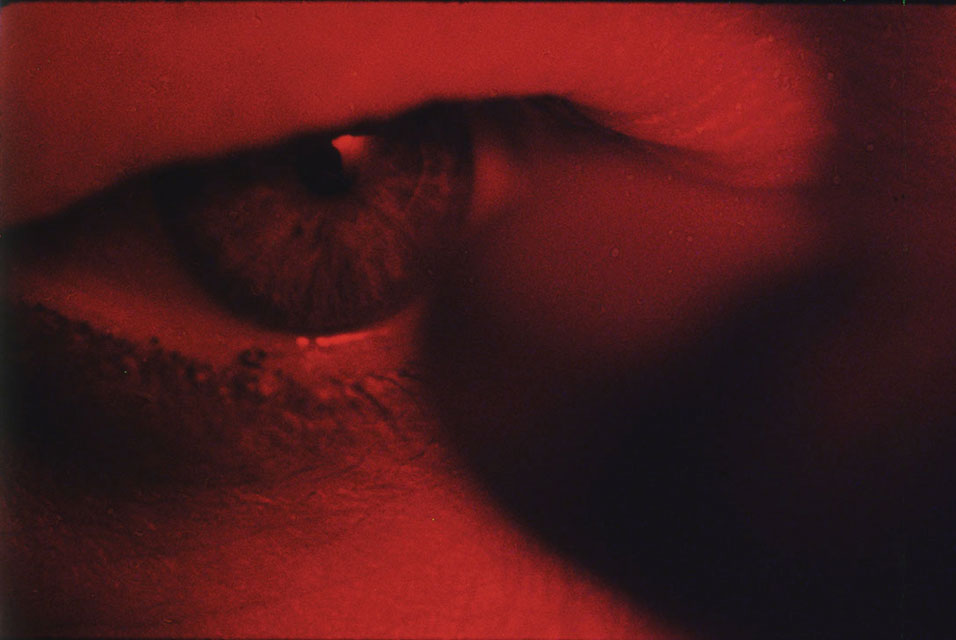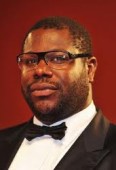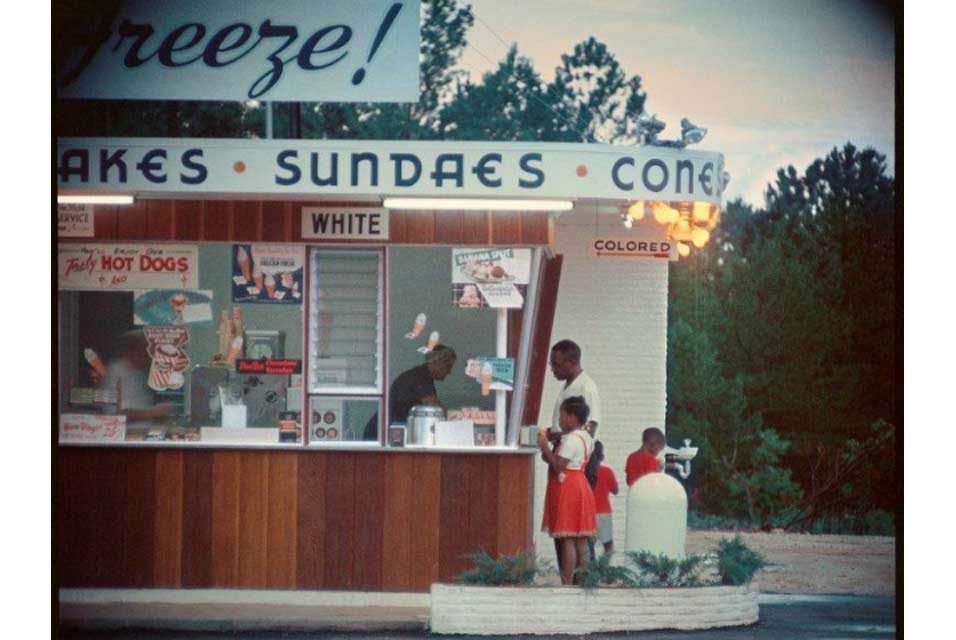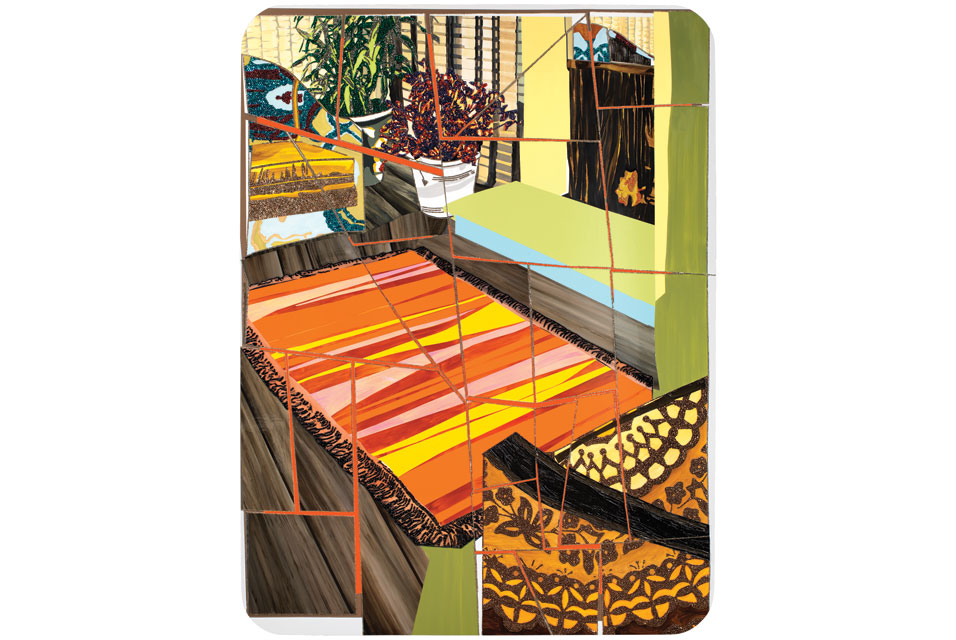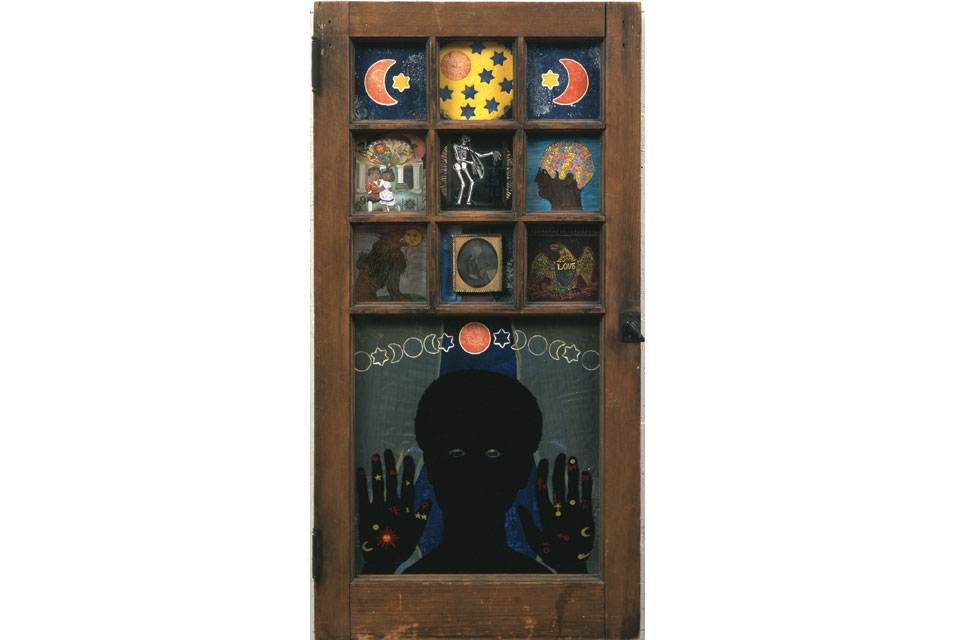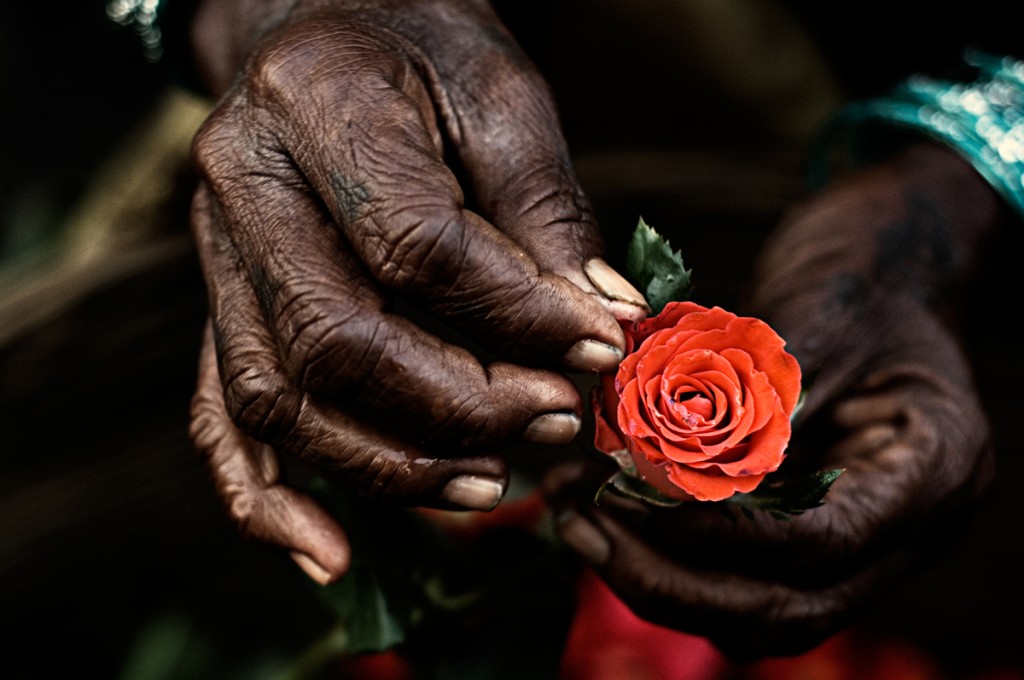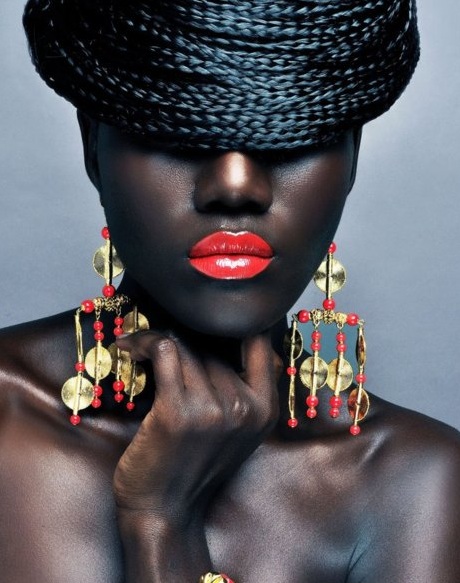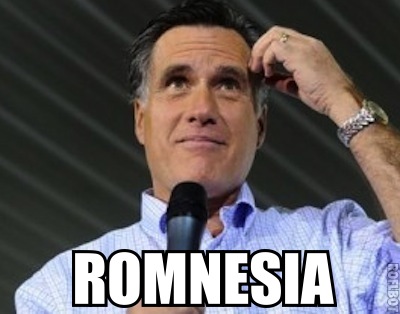WKU is set to induct three new members into the school’s Hall of Distinguished Alumni. The Class of 2012 includes the first African-American to enroll in undergraduate classes on the Hill, a renowned bronze sculptor whose works can be seen throughout WKU’s campus, and a Brigadier General and WWI ace fighter pilot.
Friday’s induction ceremony at the Sloan Convention Center in Bowling Green will honor Margaret Munday (’60), Russ Faxon (’73), and Victor Herbert Strahm (’15).
As WKU Public Radio reported in August, Ms. Munday was an unsuspecting, but willing, pioneer as the first African-American student to enroll in undergraduate classes at what was then known as Western Kentucky State College.
Munday, a native of the Logan County town of Auburn, spent her freshman year of college at the all-black Kentucky State in Frankfort. But Munday’s brother told her their mother deeply missed Margaret, and when Margaret heard Western Kentucky State College was opening its doors to black students, Margaret decided she was moving closer to home and her family.
Munday told WKU Public Radio she never intended to be a trailblazer. She said she assumed she would be joined at Western Kentucky State College by other black students from the southern Kentucky area. But when Margaret showed up in the fall of 1956 to register for classes, she was the only African-American there.
Munday excelled at Western Kentucky State College with the support and encouragement of President Kelly Thompson, Librarian Margie Helm and Professors Ivan Wilson and H.F. McChesney. She graduated in 1960 and began a 30-plus year career of musical education, working in every school in the Logan County school system.
Here is more information about the three new inductees into WKU’s Hall of Distinguished Alumni:
Russell Faxon (’73)
Russ Faxon, a renowned bronze sculptor who lives in Bell Buckle, Tenn., grew up in Bowling Green, Ky., and earned his bachelor’s degree in Art Education from WKU in 1973.
After graduation and teaching in Nashville for two years, Faxon traveled to Europe to study and pursue his passion for sculpture. In Italy, he learned the fine art of bronze casting at the Mariani Foundry in Pietrasanta.
In 1979, he moved to Bell Buckle where he established Selah Studio. In his work, Faxon concentrates on capturing the expression, emotion and spirit of the human figure, modeled in clay and cast in bronze through the “lost wax” casting process. Ranging in size from table models to monumental figures, Faxon’s sculptures are designed for specific locations, personal interiors and public spaces in the United States and Europe.
Faxon has three works on the WKU campus — Robert Guthrie at the Guthrie Bell Tower, Coach E.A. Diddle at Diddle Arena and the Red Towel at Houchens Industries-L.T. Smith Stadium. Two additional pieces — WKU mascot Big Red and former WKU Alumni Association Director Lee Robertson — will soon be added.
Some of Faxon’s other life-size bronze sculptures include Minnie Pearl and Roy Acuff at the Ryman Auditorium in Nashville, Tenn.; Chet Atkins at Bank of America in Nashville; John Pemberton, creator of Coca-Cola in Atlanta; Uncle Herschel and Stella at Cracker Barrel Corp. in Lebanon, Tenn.; Gov. Ned McWherter in Dresden, Tenn.; Johnson Memorial Plaza at Nashville’s Belmont University; Bedford County Veterans Memorial in Shelbyville, Tenn.; and the Korean War Memorial for the State of Tennessee at the Legislative Plaza in Nashville.
Faxon has had 26 public commissions to date and has exhibited his work throughout the United States and internationally. He received the Elliot Gantz & Co. Foundry Prize at the National Sculpture Society 75th Annual Exhibition in 2008 and was inducted into the Bowling Green High School Hall of Honor in 1994.
Margaret Munday (’60)
Margaret Munday, a retired music teacher from Auburn, Ky., holds a special place in WKU’s history of diversity as the first African-American undergraduate student to attend classes on the Hill.
Munday attended Auburn Training School and Knob City High School in Russellville. She originally enrolled at Kentucky State College, a historically African-American school but wanted to be closer to home.
On Sept. 15, 1956, after Western Kentucky State College and Kentucky’s other higher education institutions were desegregated, Munday transferred from Kentucky State and enrolled in classes on the Hill.
Munday, a Music major and member of the Western Chorus, received support and encouragement from President Kelly Thompson, Librarian Margie Helm and Professors Ivan Wilson and H.F. McChesney. She successfully pursued her bachelor’s degree despite the sociological aspects associated with her journey into unchartered territory that ushered in an era of social and educational change at WKU and the region.
After her graduation in 1960, Munday taught school at the all-black Johnstown School in Olmstead, Ky. In 1964 she became the first black teacher at Auburn High School and eventually taught at every school in the Logan County, Ky., school system. In 1995, she retired after more than 30 years as a music and chorus teacher.
During her teaching career, Munday received several state and regional music association awards. For 15 years, she was Director of the Union District Youth Choir, which consisted of members from 32 churches. In 1999, she was honored by WKU’s Society of African American Alumni at its Spring Celebration.
She is a member of Macedonia Baptist Church in Auburn, where she has played piano since about age 10.
Victor Herbert Strahm (’15)
Brigadier General Victor H. Strahm was an American hero, an “ace” among World War I fighter pilots with five aerial victories and helped usher in the modern era of aviation.
In 1915, Strahm graduated from Western Kentucky State Normal School where his father, Franz Joseph Strahm, was Director of Music. When World War I began, Strahm enlisted in the U.S. Army Flight Training Program and earned his wings in October 1917.
During 10 months in France, Strahm, who was attached to the 91st Aero Observation Squadron, was credited with five victories and three probable victories. He was awarded the U.S. Distinguished Service Cross with Oak Leaf Cluster, U.S. Silver Star, French Croix de Guerre with Gold and Silver Palms, British Distinguished Flying Cross and Italian Gold Medal for Valor.
After the war, he flew as a stunt pilot in several war movies, participated in National Air Races and was chief test pilot at Wright Field in Dayton, Ohio.
At the beginning of World War II, Strahm was a Chief Planner for the U.S. Ninth Air Force and was promoted to Brigadier General in 1942. Strahm was one of the principal planners in preparations for the air support for the D-Day landings at Normandy on June 6, 1944.
Strahm received the U.S. Legion of Merit with one Oak Leaf Cluster, Polish Legion of Honor Commendation, Companion of the British Empire, French Legion of Honor, World War II Victory Medal Commendation, European-African-Middle East Theatre Ribbon, American Theatre Ribbon, American Defense Ribbon and Asian-Pacific Theatre Ribbon with two stars.
Following WWII, Strahm helped organize the Strategic Air Command and served as commander of the 33rd Air Division at Tinker Air Force Base in Oklahoma City and as base commander at Barksdale Air Force Base in Shreveport, La. He died on May 11, 1957.


